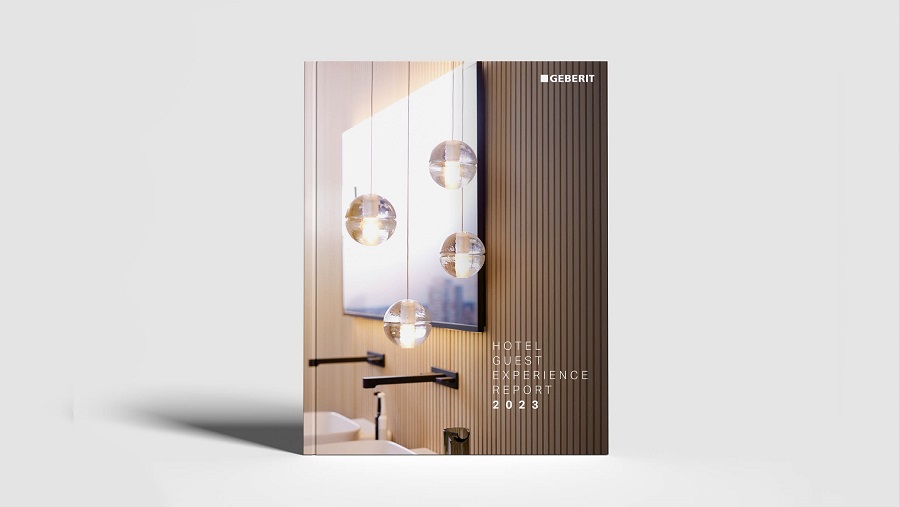THE FOCUS OF
CONSTRUCTION ACTIVITY MIGHT WELL HAVE REMAINED ON OTHER SECTORS,
PARTICULARLY HOUSEBUILDING, IN RECENT YEARS, BUT THE PUBLIC SECTOR
CONTINUES TO PLAY A CRUCIAL ROLE IN DRIVING INNOVATION.
Geberit
Mapress'
no hot works benefits allowed the MRC Laboratory of Molecular Biology
(LMB), one of the world's leading research institutions, to stay
operational while a new compressed air system was installed.
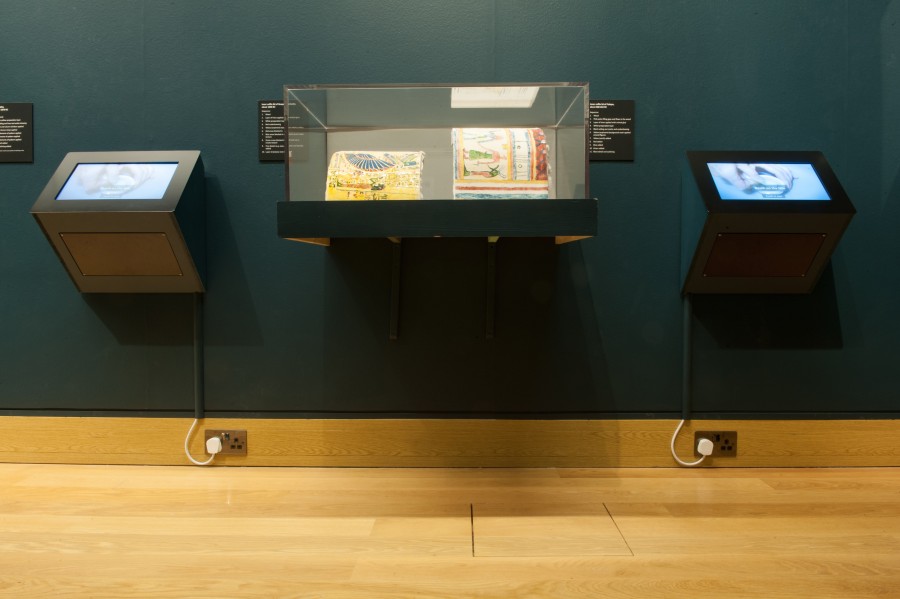
Installed
to match the existing copper system in the LMB's £212 million
purpose-built building, Geberit Mapress was chosen to provide a
neater finish where pipework was exposed.
The
LMB remained functional and occupied while the new compressed air
system was being installed, so soldering could have posed a risk to
building users.
Gary
Smith, from GRS Mechanical, said: "We had to match an existing
compressed air installation constructed from 22mm copper braised
joints.
“Now
a fully functioning building, it was hard to get a ‘hot works
permit', so Geberit Mapress was the obvious choice. As ever with
Geberit Mapress, the installation went smoothly and the customer is
extremely happy with the end result."
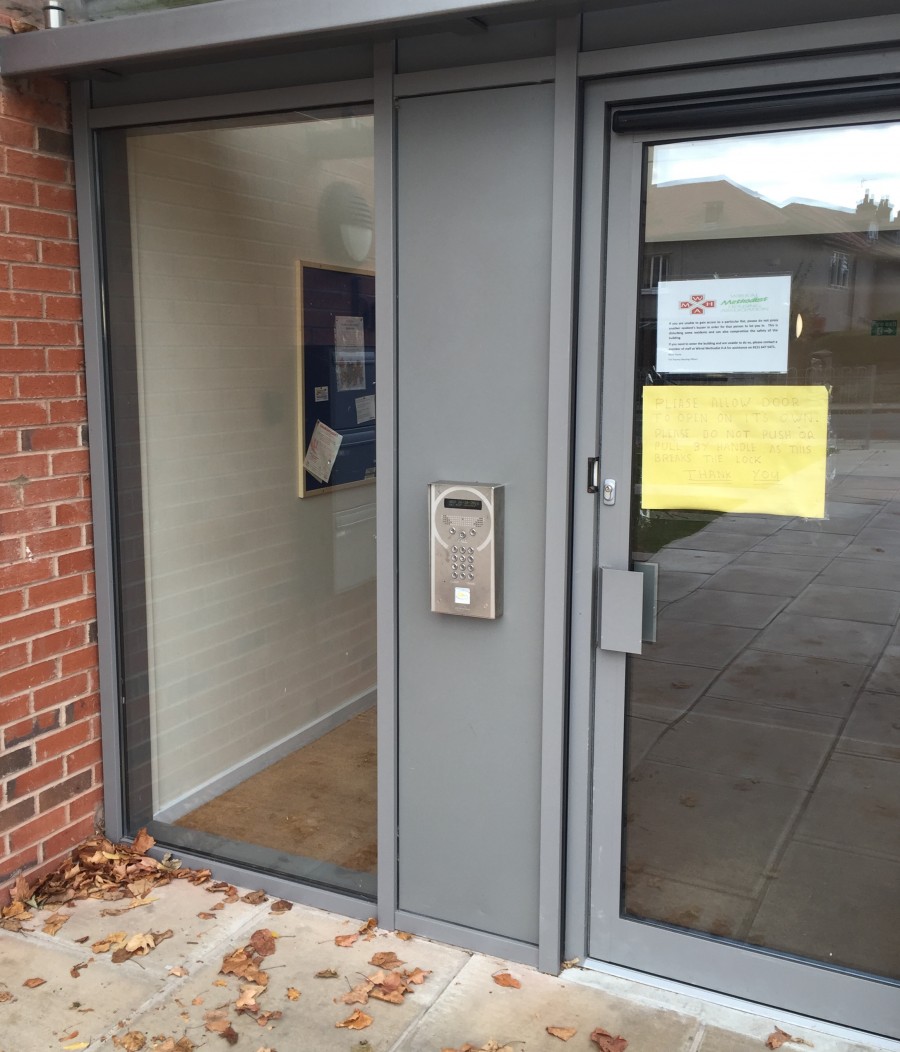
Scientists
at LMB are responsible for many pioneering techniques, working to
advance the understanding of biological processes at a molecular
level, in order to solve key problems in human health.
The
laboratory is located in the hub of one of the largest and most
internationally competitive concentrations of healthcare-related
talent and enterprise in Europe.
In
a separate project, Geberit Mapress‘ speed of installation has
contributed to Northern Ireland's largest Level 2 Building
Information Modelling (BIM) project, the Wellcome-Wolfson Institute,
located on the Health Science Campus at Belfast City Hospital.
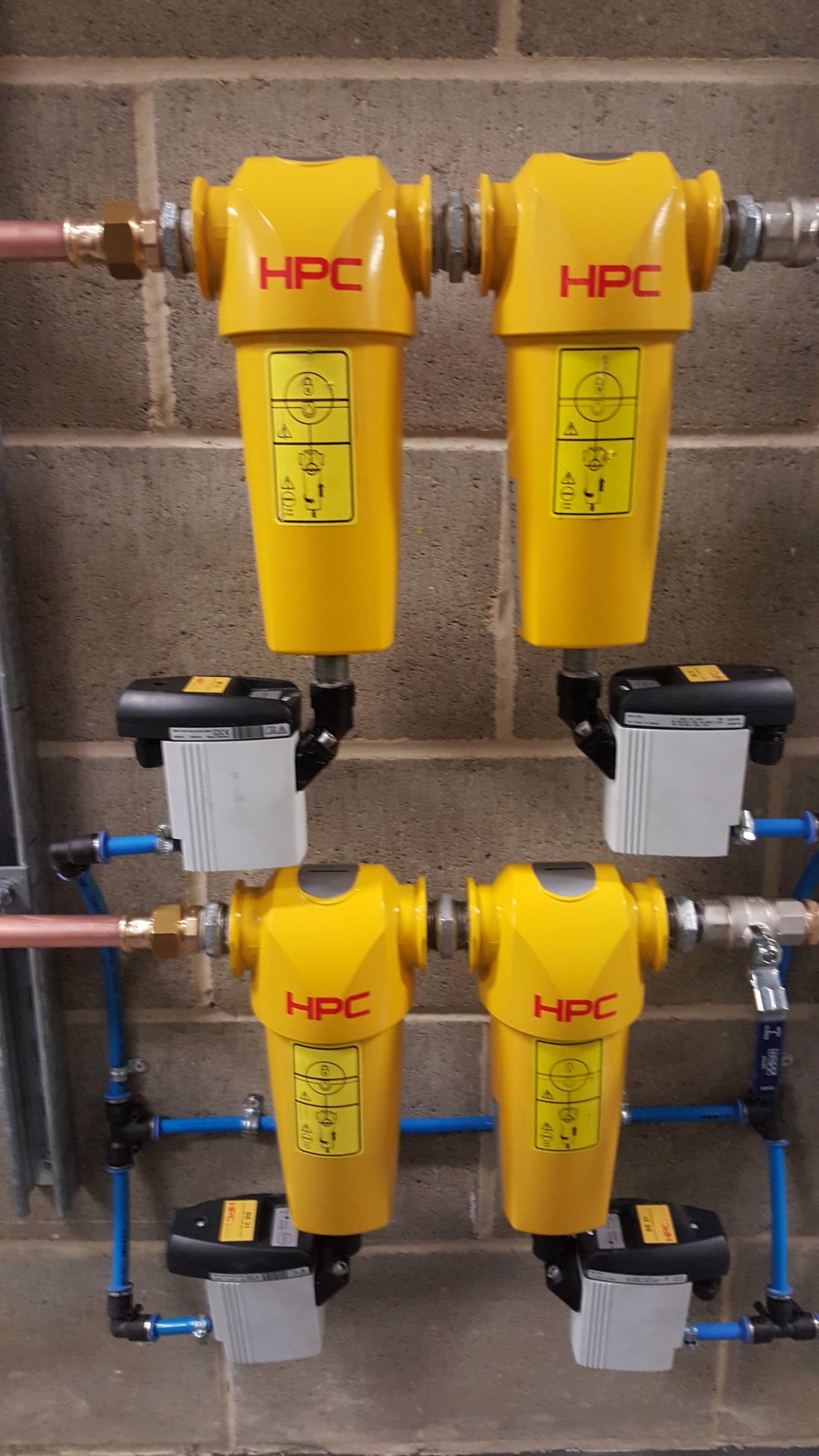
Completed
in a record 17 months, building services were Installed by the Harvey
Group whichwon ‘Best Installer Team‘ for its efforts in last
year's Geberit awards.
Geberit
Mapress Stainless Steel was used for the building's low temperature
hot water and chilled water systems, the mist fire supression system
and natural gas. Geberit Mapress Copper services drinking water,
rainwater harvesting and high temperature drainage systems. Alongside
Geberit Mapress copper, Geberit HDPE transports laboratory chemical
water, safety cabinet and fume cupboard drainage.
HDPE
(High Density Polyethylene) is resistant to high temperatures and
aggressive media, such as chemicals - it can withstand around 95% of
all commercially available alkalis, acids and chemicals - making it
suitable for range of applications; including roof drainage systems
and laboratories, as is demonstrated at the Wellcome-Wolfson
Institute.
Adding
to the building's sustainable credentials, Polyethylene is
environmentally friendly and completely recyclable, with no toxic
emissions released during its processing, or in case of fire.
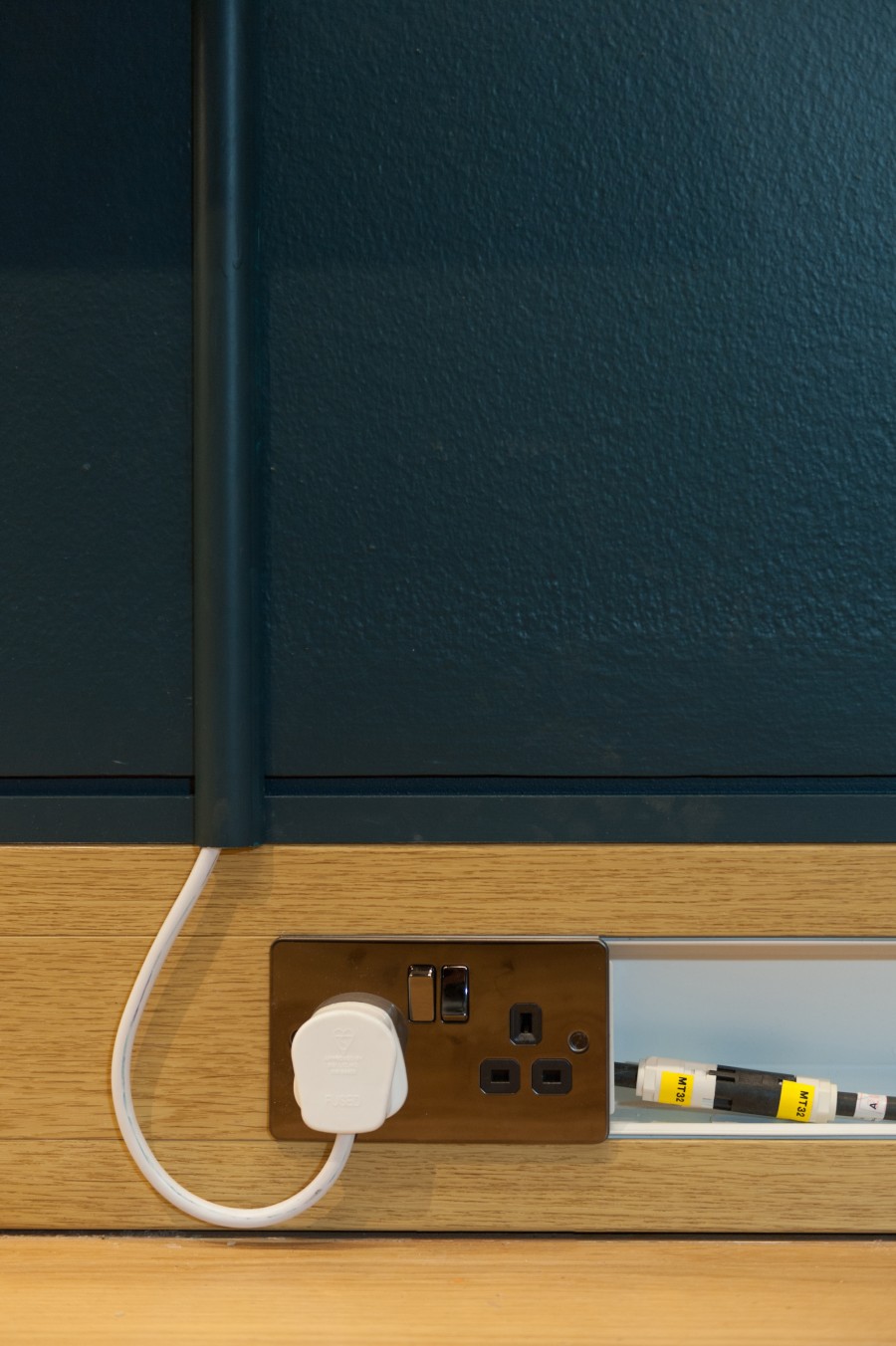
The
Wellcome-Wolfson institute demonstrates how BIM can be used
successfully to help a building meet its requirements; in this case,
being fit for purpose, sustainable and completed in a short
timeframe. Products such as Geberit Mapress fit well with BIM,
helping building designers and contractors get piped building
services installed quickly, with a ‘right first time' approach.
The
Fitzwilliam Museum, founded in 1816, is the principal museum of the
University of Cambridge and a leading centre for art historical
research and conservation.
In
addition to permanent galleries, the museum has two galleries for
temporary exhibitions. As each exhibition requires a different
display layout, the corresponding power supplies have to be regularly
reconfigured.
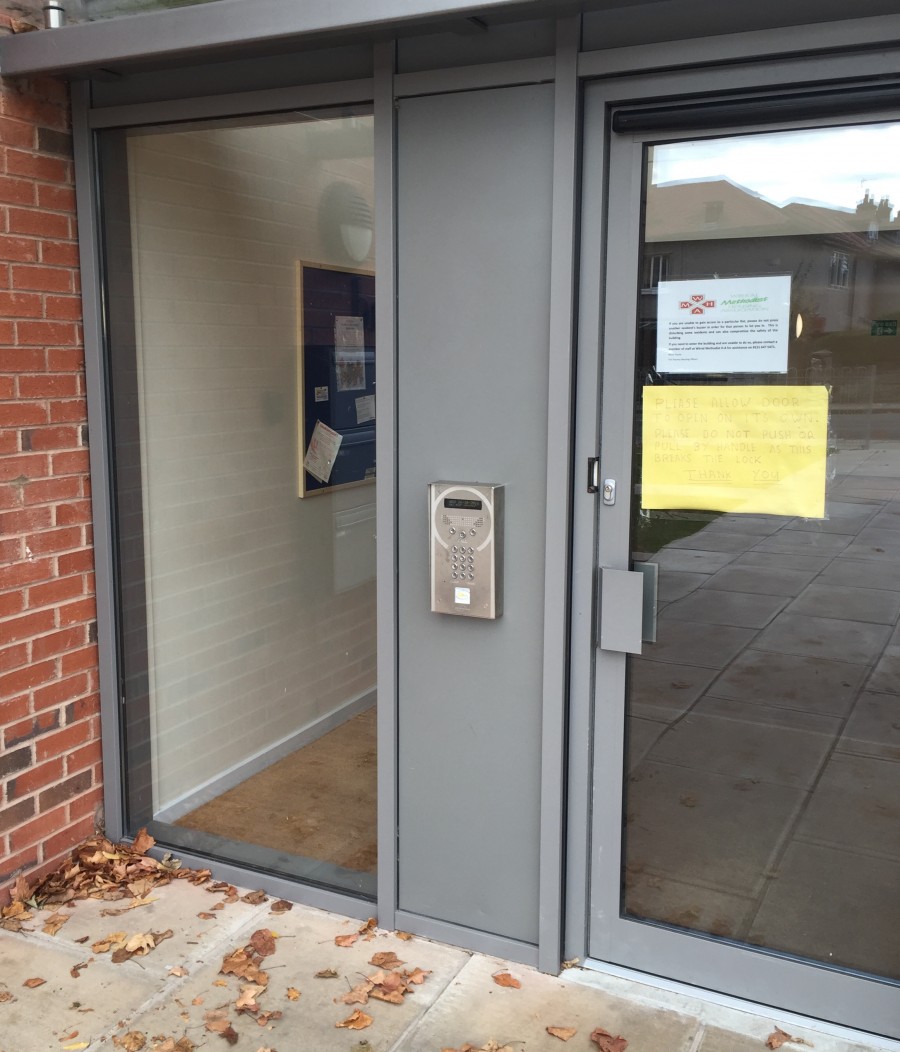
Previously
the museum’s in-house facilities team hard wired power cables to
plug into floor sockets using extension leads, a costly and
time-consuming process. Therefore the museum wanted a flexible power
delivery system that also avoided trailing extension leads. Having
identified the need for a plug and play, pre-wired underfloor
distribution system to supply power, it was Marshall-Tufflex’s
MT32 system that ticked all the boxes.
“We
looked at a few different plug and play systems but none of them were
flush enough to the wall for the display cabinets to be positioned,”
said Darren Potter, Chief Technician of Facilities at the Fitzwilliam
Museum.
“Although
each exhibition can take up to two years in the planning with the
relevant departments of the museum, when it comes to refurbishing the
galleries time is of the essence with no room for error as the
opening of pre-publicised exhibitions cannot be postponed.
“We
also wanted a simple system in order to adjust the lids to correspond
with the plug-in-lengths with ease. We have experienced one change of
exhibition so far and ordered extra lengths for this purpose. It’s
early days but we are happy with the result and in the longer term we
hope to save money as well as time.”
The
museum also required trunking that would not only be a good match to
the light oak floor (the trunking sits on the floor at skirting level
within the gallery) but would also meet Historic England approval as
the building and its galleries are Grade 1 listed.

“Marshall-Tufflex’s
Sterling Profile in Light Oak was the closest match. We also chose
Sterling Profile 3 as it had square edges rather than bevelled ones,
making it easier for us to fit the trunking flush into the skirting
void behind the wall,” said Darren.
The
completed installation complied with the strict specification
requirements of the Fitzwilliam Museum and Historic England,
providing a cost-effective solution for future layout changes.
Marshall-Tufflex’s
MT32 power delivery system and Sterling Profile 3 in Light Oak were
supplied by Newey & Eyre, Cambridge.
Wirral
Methodist Housing Association (HA) completed works on a residential
block of 24 flats over three storeys two years ago, but in more
recent times the accommodation has been upgraded to cater
specifically for less mobile residents.
Soon
after moving into the apartments, electricians were regularly being
called to site to relocate the existing fixed door entry handsets.
Maintec
Ltd, a local access control installer, was tasked with trying to
establish a more cost-effective and time efficient solution that was
easy for the elderly residents to use.
On
that basis, Steve Cranshaw, Managing Director of Maintec Ltd,
specified Intratone’s
Visio 3G door entry system. Each of the residents is given their own
fob which allows them easy
access; for visitors, the system calls the house phone via GSM, and
if no-one answers it then rings a second designated number, normally
a mobile phone. Residents simply have to press the hash key on their
device to allow entry.
“There
was a short learning curve while residents got used to the new
system, and now everyone is much happier and feels far more secure
and accessible,” Steve Cranshaw adds. “Intratone’s products are
innovative and very economically priced so we are able to work on
sites like this where the budget can be tighter.”
Anthony
Plasse, UK Sales Manager for Intratone, says its products are
flexible enough to suit a wide range of sites and applications: “Our
access control and door entry systems are installed across Social
Housing, Private Properties and HAs all over the UK and Europe, and
prove popular for residents of all ages, but especially the elderly,
because they are very easy to use.
“Installers
and customers also like them because they are very easy to install
and competitively priced.”
An
ambitious pilot scheme designed to combine engineered and soft suds
solutions to alleviate the risk of flooding from West London’s
combined sewers has seen Polypipe’s
Permavoid
system used to create two unique shallow stormwater drainage systems
that are sensitive to their environment. A third scheme will begin
this autumn using Polypipe’s Permavoid system to complete the
project.
The
project, overseen by Thames Water in partnership with the London
Borough of Hammersmith and Fulham and the Royal Borough of Kensington
and Chelsea, will see SuDS solutions retrofitted into a highly
urbanised area, in order to potentially mitigate the risk of surface
water flooding during periods of heavy rainfall across the Counters
Creek catchment area.
One
of London’s lost rivers, Counters Creek once flowed through the
region before being culverted in the 19th
century to form part of Joseph Bazalgette’s new sewer network, made
necessary due to an increasing population in London. With further
building work heavily urbanising the area featuring many properties
with basement levels, the two local authorities and Thames Water have
worked together to create the SuDS scheme sites which will be used to
monitor performance.
In
order to assess the varied approaches SuDS can offer, the project saw
three scheme sites identified where a number of differing surface
water management systems could be utilised in combination with their
surroundings. The three ‘typical’ London streets selected met
Thames Water’s criteria of being hydraulically discrete and having
suitable monitoring points to measure the system’s effectiveness.
The
SuDS pilot scheme retrofitted in the three streets of the two
boroughs will limit, as far as possible, the volume and rate at which
surface water enters the public sewer system. Monitoring
performance in the three streets should provide evidence to show
whether these systems provide a viable solution that could be applied
across a wider area.
Polypipe’s
Permavoid geocellular system was used to create part of an engineered
stormwater solution for each of the selected locations: Mendora Road
in Fulham, Melina Road in Shepherd’s Bush and Arundel Gardens in
Kensington.
These
three
separate solutions have been developed with specific focus on their
particular environment.
The
two streets in the London Borough of Hammersmith and Fulham have been
constructed in collaboration with the borough council, their
contractors FM Conway, SEL Environmental, consultant AECOM, and with
the final designs reviewed by chosen consultant engineering firm
ATKINS.
The
retrofitted SuDS scheme at Arundel Gardens in the Royal Borough of
Kensington and Chelsea will be built this autumn in collaboration
with the council and their contractors.














